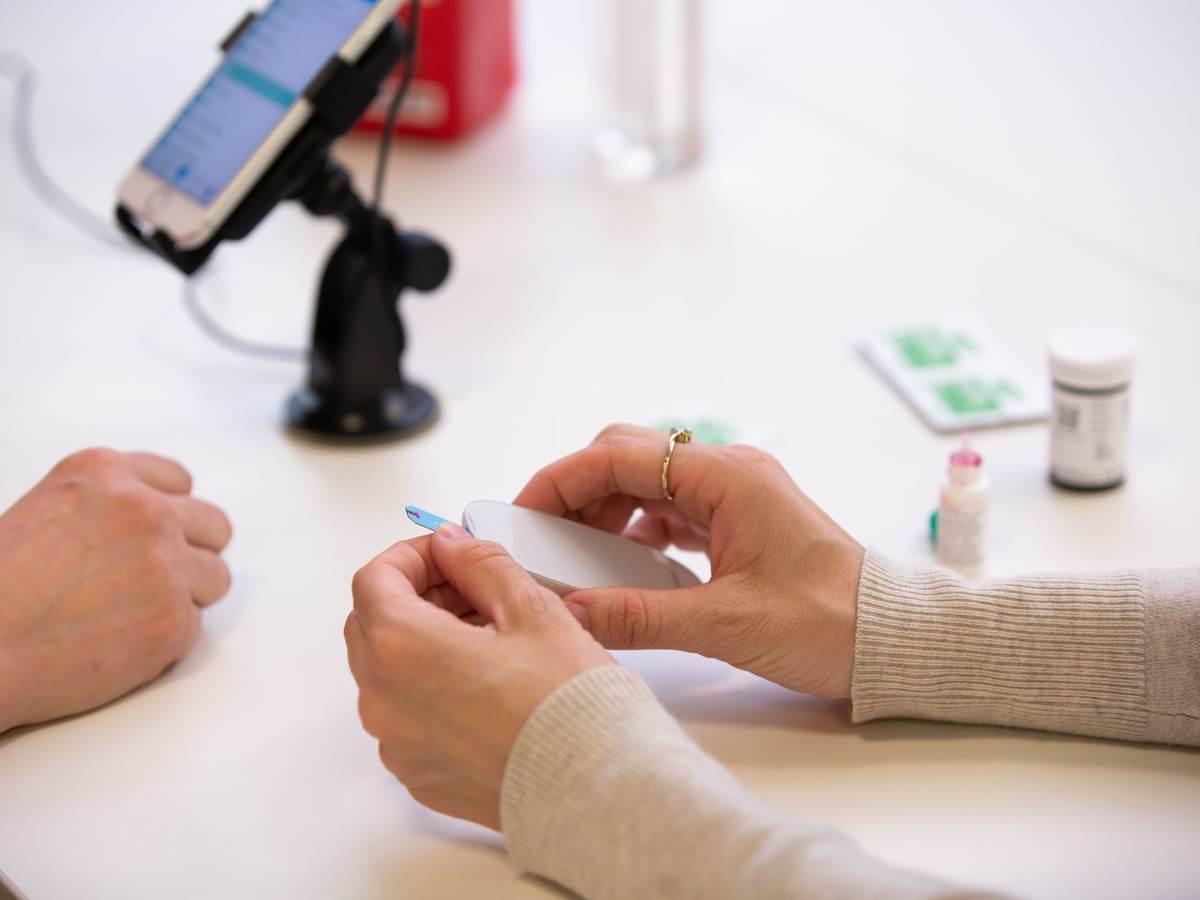August 6, 2020
It’s often said that 80% of all customers only use 20% of a product’s features. And the 20% of features that do get used might not truly meet customers’ needs. It’s amazing to think of all the time, money, and effort that is wasted developing features with little to no benefit to the customer. Why are there so many devices and software products bloated with unused or unsatisfactory features? And why are these features present while more important and/or useful ones are underdeveloped or missing entirely?
Henry Ford is reputed to have said, “If I had asked people what they wanted, they would have said faster horses.” Unfortunately, some project teams interpret this as, “There’s no point in talking to customers because they don’t know what they want.” It is true that most customers are not very good at articulating solutions to their problems. Additionally, most people are not designers nor engineers. Asking customers, “What do you want?” will rarely yield the most insightful results. A more effective way to understand customers’ true needs is to observe them doing their jobs and ask the right questions early on during a product’s development. This will allow you to really understand the key challenges customers face and be able to identify and prioritize solutions that offer maximum value to the customer.
Discovering customer needs through observation and interviews
Most medical device companies that follow design controls incorporate a customer-centered design approach in which customers, environments, and tasks are identified and described early in the product development process. Another common practice is starting with a design and then writing requirements to fit the design with the assumption that formative usability testing will validate the user needs or identify new ones. It’s very tempting to dive straight into developing customer and/or product requirements and design, while thinking formative usability testing of prototypes (or worse, late validation testing with final designs) will adequately gauge customer satisfaction levels. However, jumping immediately into designing is unlikely to help you identify unmet or missing customer needs; customers are only able to react and respond to design solution A or B, when what they might really need is non-existent design C. Even if some customers can describe a solution that provides them with better value or benefit, it’s often too late or expensive for the manufacturer to change course.
So, how should manufacturers avoid these common pitfalls? Companies should first aim to understand customer needs independent of a potential solution. After defining customers/users, environments, and a preliminary or existing workflow, the project team needs to go and observe customers in their own environments performing their tasks. The team may observe needs or problems the customers did not even know they had and, therefore, could not have mentioned in an interview alone. After your observations, interview customers about what is working and not working well when performing their tasks, as well as what success would look like to them. When customers state needs in the form of a solution, the project team should respectfully ask the customer, “Why? What value or benefit would that provide you?” to discover the unspoken need and associated benefit. Observations paired with interviews enable the collection of both objective (observed) and subjective (solicited) information to help identify customer problems, needs, desires, benefits, and opportunities for improvement.
Listing and ranking customer needs before beginning to design
Project teams should take care to write the customer requirements as true needs and not actually a list of “features” in disguise. For example, “The patient needs an instruction manual” is a feature or solution that fulfills a need. The need is actually, “The patient needs to know how to correctly and safely manage their therapy.” Writing customer requirements as a need rather than a design solution enables the design team to consider a variety of solutions to fulfill this need such as video, labeling, or even augmented reality. But we’re not ready to start designing features yet. The customer needs should be prioritized first.
Once the project team identifies a wide range of needs, the next step is to prioritize the needs, considering which ones, when satisfied, are expected to provide the most value to the customer. These needs deserve the most attention for development. Less important needs could be considered for future development or eliminated altogether. There are many tools and methodologies that help teams quantitatively rank and prioritize customer needs, such as surveys or interviews utilizing the Kano Model, Pareto analysis, or various scales such as constant sum scale or direct rating. Risk analysis tools such as Failure Mode and Effects Analysis (FMEA) or Fault Tree Analysis may also be used. Many project teams do perform some type of prioritization exercise that includes participation from internal and external customers. But again, these should be, at least at first, a prioritization of needs rather than features.
Manufacturers can not only avoid costly rework and missed market opportunities but can also develop products with features that matter most to customers when they involve users before writing requirements. By discovering customer needs first and then translating the prioritized needs into solutions, the manufacturer may focus design efforts on features that maximize value, benefits, and satisfaction for the customer. Even Henry Ford would have agreed with that!
Jonathan Avedikian is Lead Human Factors Specialist in Emergo by UL's Human Factors Research & Design division.
Learn more about HFE and usability testing for medical devices:
- HFE user research support for medical devices, IVDs, and combination products
- Medical device and product evaluation
- Webinar: Human factors engineering for medical devices
- Webinar: Safe in-person usability testing during COVID-19
Request information from our specialists
Thanks for your interest in our products and services. Let's collect some information so we can connect you with the right person.



